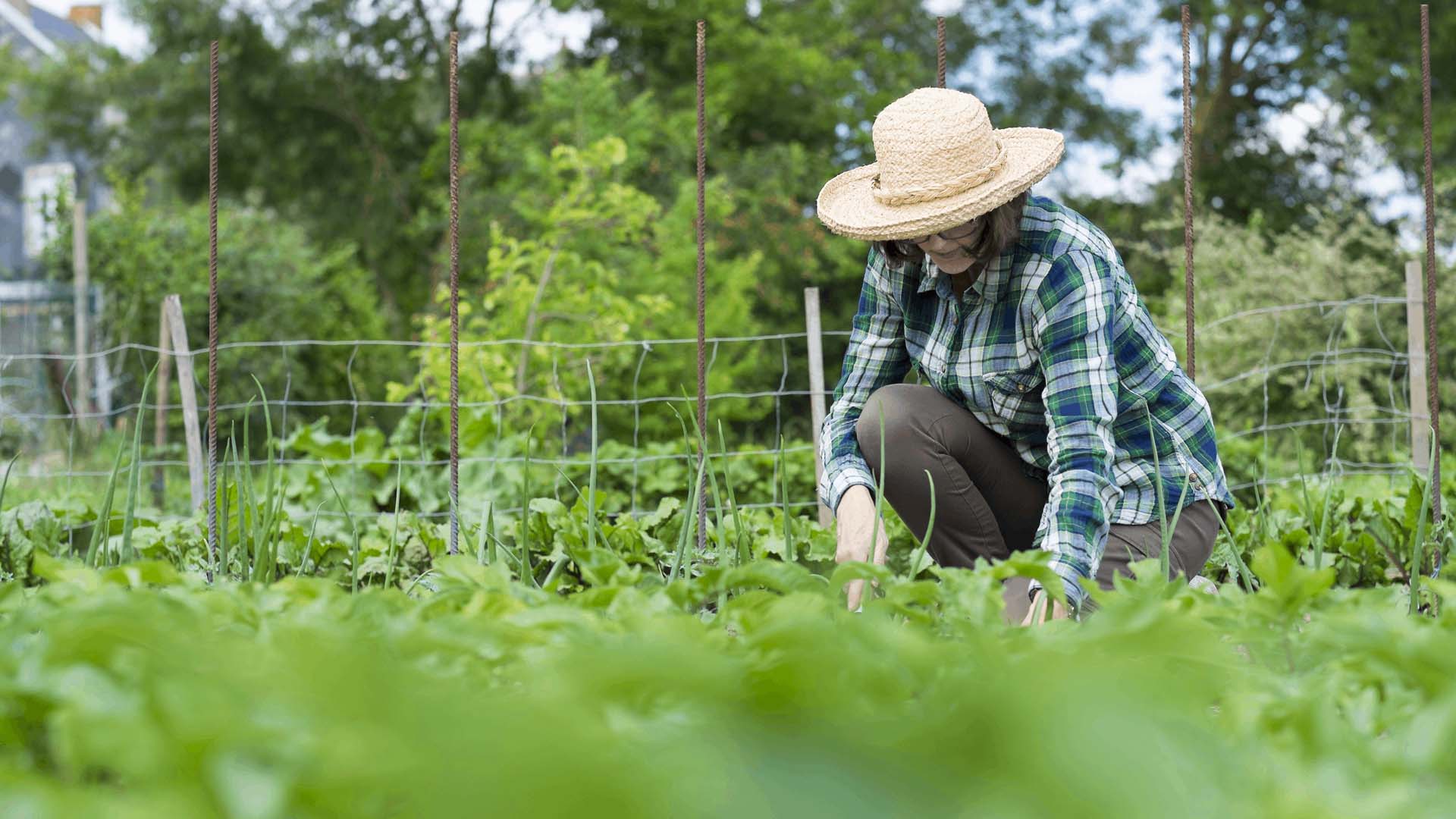
Does the idea of hanging up your garden shovel, and ending hours of back-breaking work in the garden, yet still growing lots of healthy crops, sound like music to your ears? Then it’s likely you’ll be interested in creating your own no-dig garden.
Layers are often mentioned as part of the process of creating a no-dig garden. But you may be wondering what’s involved and how to achieve them in your own planting patch.
There are differing opinions on how many no-dig garden layers are necessary. Some sources list up to seven different layers of varying natural and organic materials. To us, that sounds like a lot of hard work and upkeep.
That’s why we asked Charles Dowding, a prominent pioneer of the no-dig garden method used by so many today, for his advice.
And, as it turns out, having too many no-dig garden layers can end up overcomplicating a simple, natural process that helps to manage weeds while producing lots of delicious, healthy fruit and veggies.
Before you embark on a mission to discover how to start a no dig vegetable garden of your own, it’s helpful to understand how this method works.
Alys Fowler, a horticulturist and journalist, explains the process beautifully in a piece she wrote for The Guardian.
“Rather than turning the soil, a structure that has been hundreds of millions of years in the making and thus has thought long and hard about which way up it should be,” she writes, “you lightly hoe or ‘tickle’ the soil.”
This, she explains, removes “any unwanted weeds and leave its multitudes of microbes, fungi and insects intact, exactly where they want to be.
“Happy microbes make for happy plant roots, better able to take up nutrients, fight off pests and diseases and withstand drought.”
“As you keep doing it, there will be fewer weeds to remove.”
So how does the no-dig gardening limit weed growth? According to Fowler, the vast majority of weed seeds need light to germinate.
“The more you disturb the soil, forking it over, digging things up, the more light you let in and the more the soil has to rush to protect itself. It flushes its weed seed bank as a protective coat to hold the system together.”

Let’s not get bogged down by over-explaining no-dig garden layers. As Dowding puts it: “Layering is another level of complication for people to worry over.”
Because, quite honestly, there are only two building blocks to no-dig gardening – and both of these only apply if you’re building your beds from scratch. First, you need to address any existing weeds, particularly if they are bothersome and will compete with crops.
“In very weedy situations, it works well to lay cardboard on top of the weeds to keep light off the leaves,” says Dowding.
“This kills most of them without needing to disturb the soil. The only time I use cardboard, or recommend it, is when first starting out with a lot of weeds.”
After this, he notes, you should never need to use cardboard in your no-dig beds again.

As Dowding has never recommended any layering technique, all that’s left to do is top your cardboard base with compost. He explains:
“Compost is anything decomposed, literally anything from wood and leaves to weeds and manure.”
“Decomposed means that little of the input is recognisable and it smells OK. It does not need to be perfect looking, there may be some small lumps and bits of wood, which is fine.”
You’ll be planting your seeds and seedlings directly into this compost. But how much of it should you be using?
“The optimal amount of compost to use depends on what you can afford, what you can find on a bike, what might be available locally, and how much food you want from your ground,” advises Dowding.
“The maximum amount I recommend is 15cm (6in), and you can start a no-dig bed with 5–7cm (2–3in), if the ground is reasonably healthy already and not too weedy.”
Dowding says that if you have a small garden, he would advise using this recommended maximum amount of compost, so that your bed will be proportionately higher per square metre.
“I have one bed that’s 5m (16ft 4in) x 5m, and every year it produces 100kg (220lb) or more of food,” he says, as an example. “This includes a wide range of vegetables, from potatoes and leeks to cabbages and cucumbers.”
So, all you really need to create your own no-dig garden bed is cardboard at first, then some compost on top.
“The only new input from the second year onwards is around an inch of compost on beds,” he adds. And that’s it, so let’s get ready to grow.
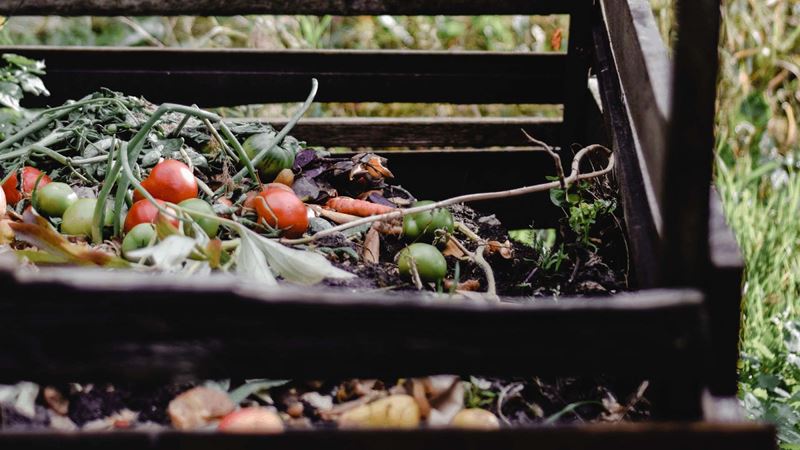
If you’re already a keen home composter, you might have a plentiful supply of organic material to build (and then top up) your no-dig garden beds. For those of you keen to get going, the RHS has a useful guide to creating your own compost heap at home.
Matthew Pennington, chef, wild food expert and self-confessed regenerative food systems nerd, previously told Saga he uses a mixture of well-rotted compost, wood chip and manure.
“Unless you have access to a thriving compost heap and lots of wood chips, it can be hard to begin the first layer – the much-needed mulch.”
“My tip to you is to contact local tree surgeons. Many of them are happy to drop off freshly chipped hedgerow and tree waste, which is usually a cost for them to dispose of.
“Similarly, you may live within the delivery bounds of a mushroom farm with spent compost [the residual waste generated by mushroom production]. We are looking to get fungi into this soil, so this type of compost is gold.”
Dowding tells us you can use compost of any kind, though.
Rosanna Spence has been a journalist for 10 years, reporting on a huge array of topics – from microwaves to cocktails, sustainable buildings, the Caribbean islands and beyond. She’s interviewed chefs at the helm of Michelin-starred restaurants and chatted to countless CEOs about their businesses, as well as created travel guides for experienced travellers seeking life-changing adventures. Throughout her career, she has created content for Business Traveller, i-escape.com, Pub & Bar, BRITA, Dine Out and many more leading titles and brands.
View author page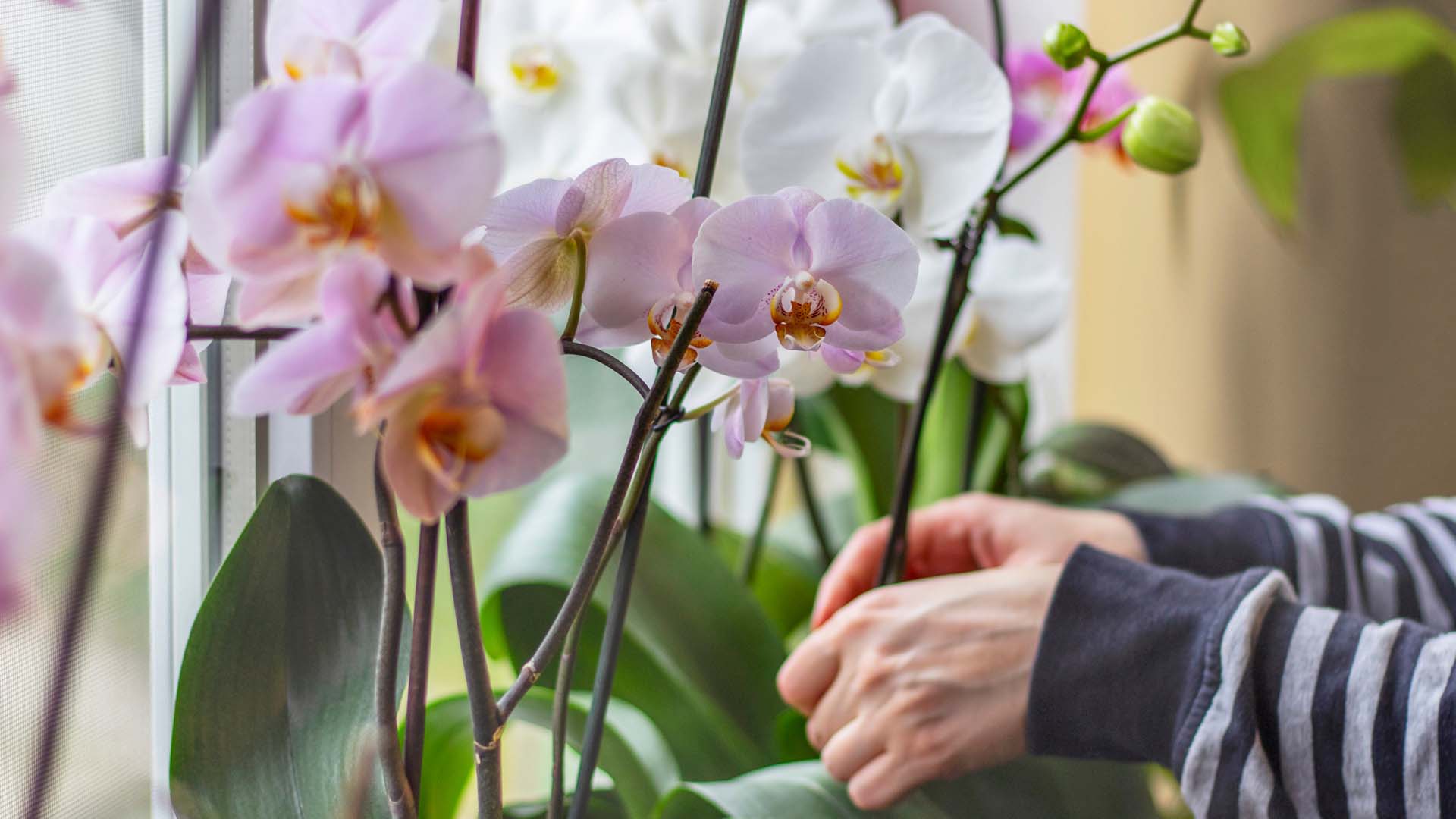
Our expert pruning and watering hacks include a top tip to keep them flowering from Alan Titchmarsh.
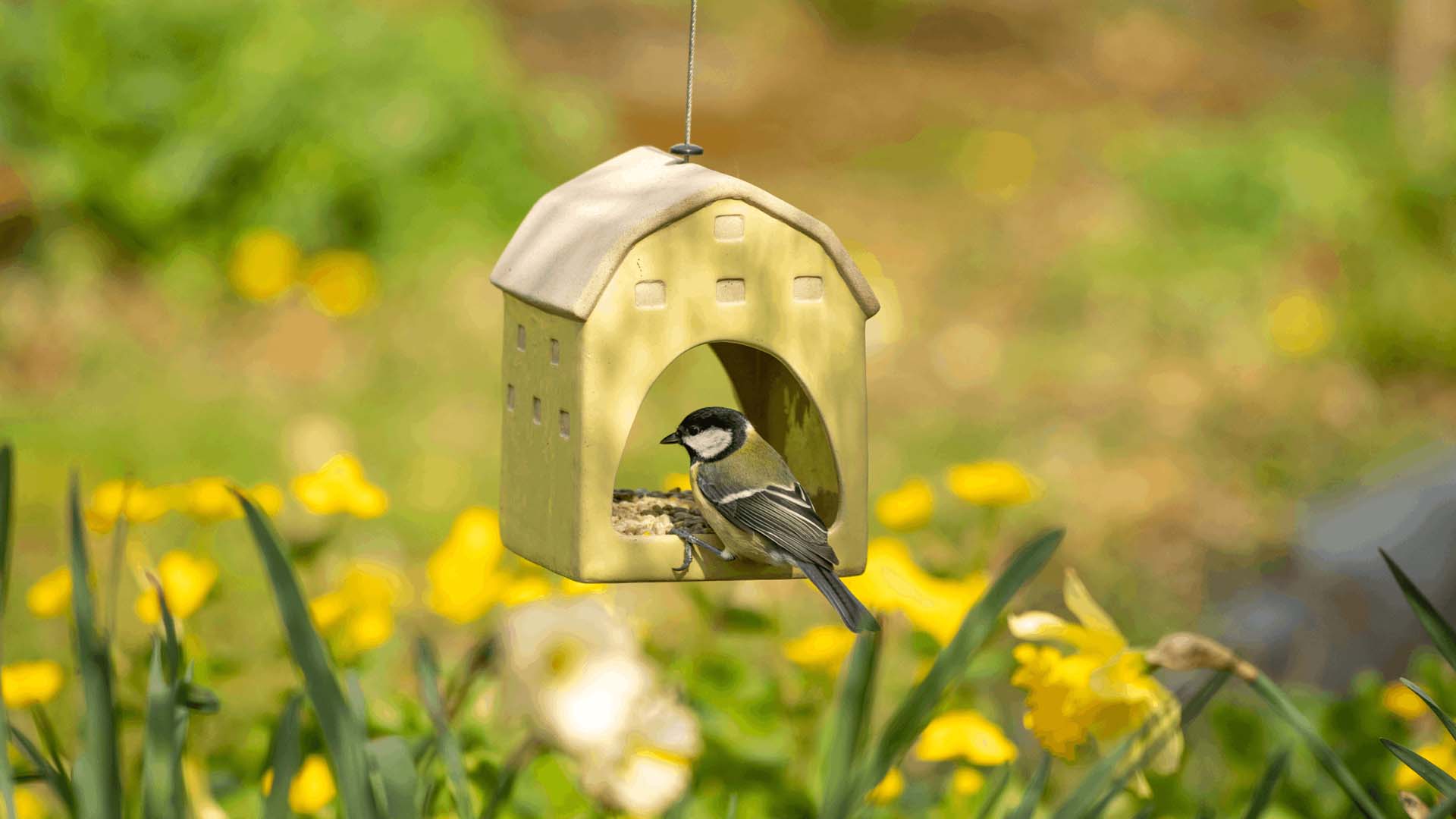
Don’t make these bird-feeding mistakes. Expert advice on how to feed birds in your garden safely.
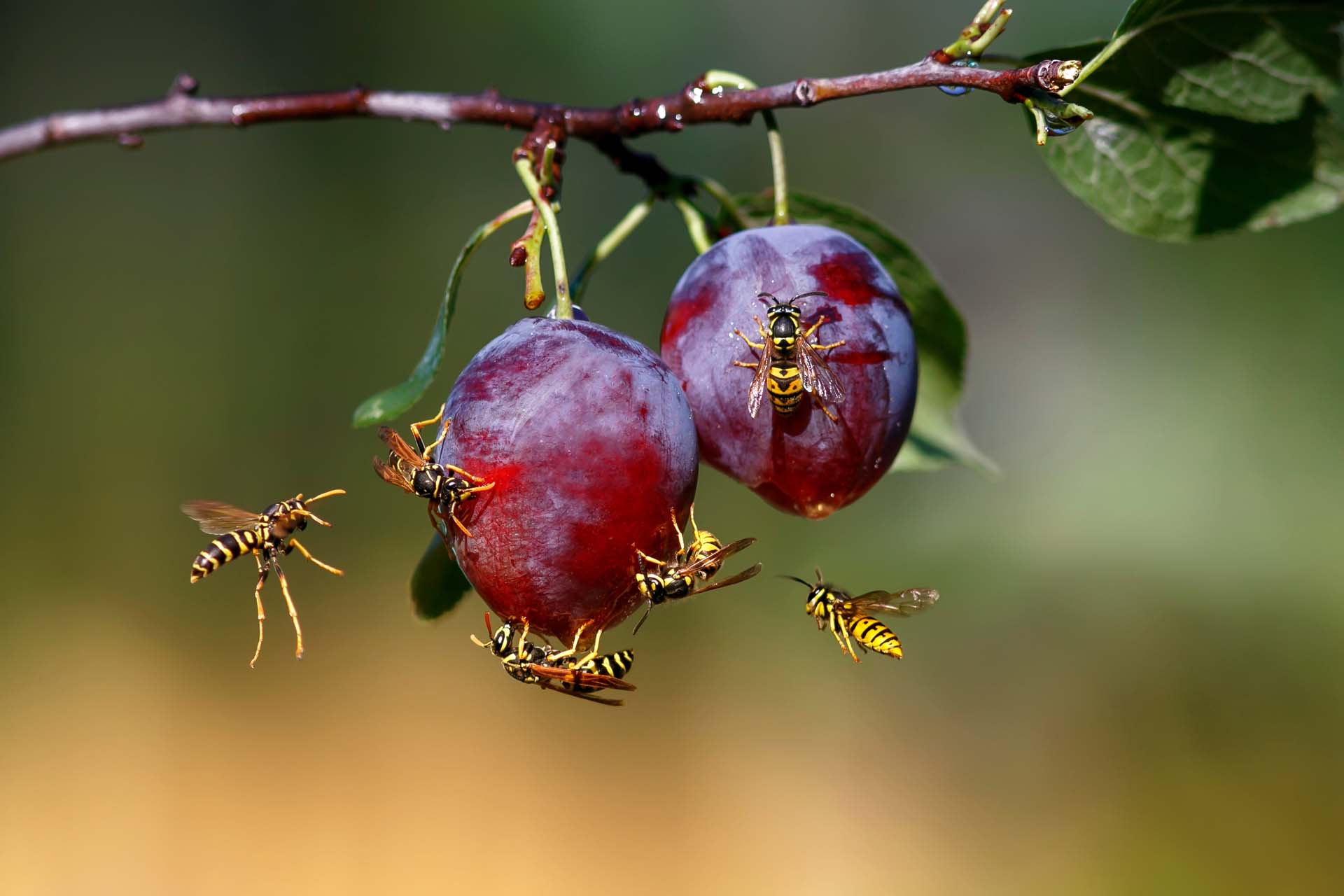
Blighted by buzzing? How to keep wasps out of your garden without harming them so you can enjoy the summer.
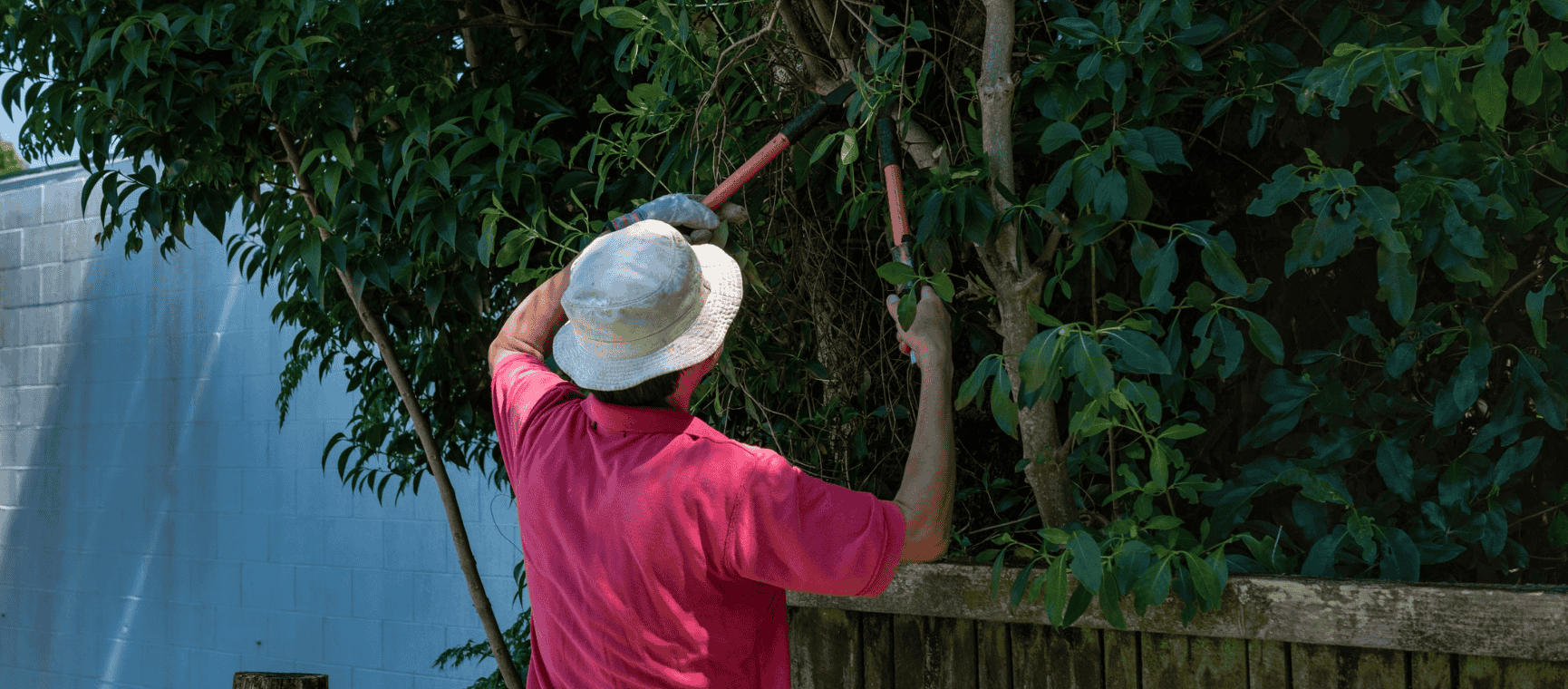
The ways you could be breaking the law in your back garden - with expert advice on how to avoid neighbour disputes, a fine or even a prosecution.
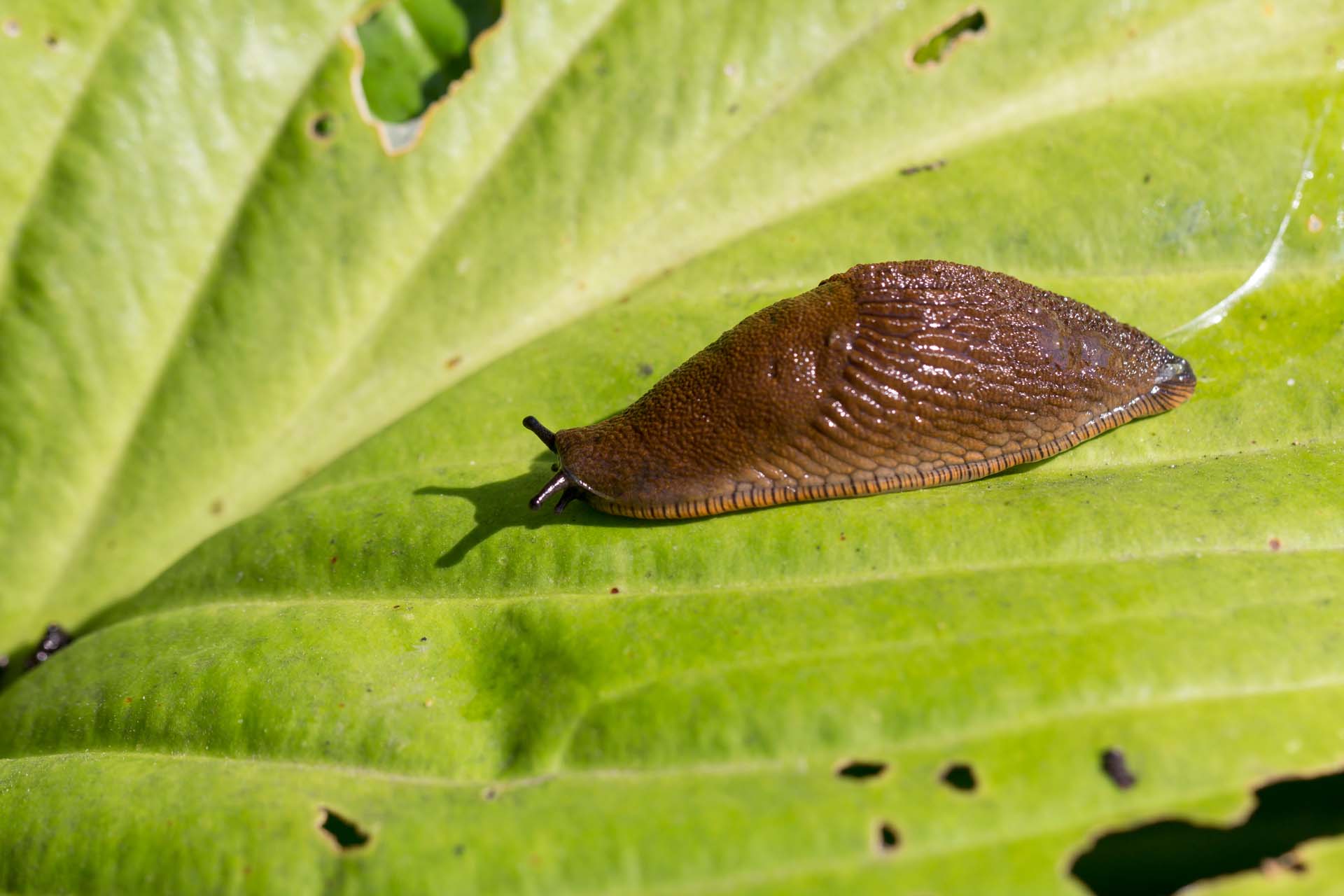
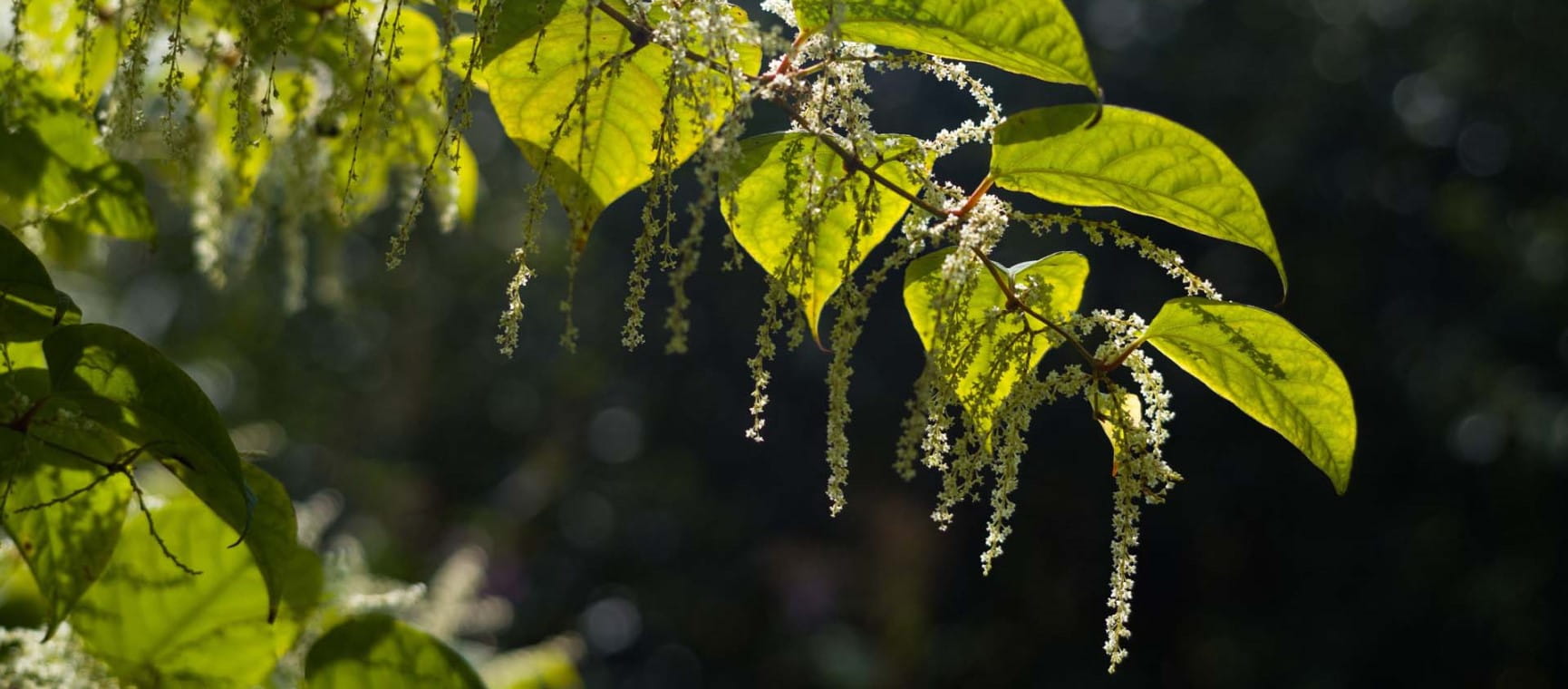
Everything you need to know about Japanese knotweed, the fast-growing plant nobody wants in their garden.